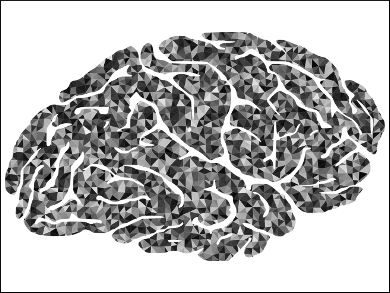Biologically formed nanoparticles of the magnetic mineral magnetite were detected in the human brain over 20 years ago [1]. Barbara Maher, University of Lancaster, UK, and colleagues used magnetic analyses and electron microscopy to analyze the brains of 37 diseased persons from Mexico City, Mexico, and Manchester, UK. The team found magnetite nanoparticles which match precisely the high-temperature magnetite nanospheres formed by combustion and/or friction-derived heating. They occure in urban, airborne particulate matter (PM), for example, in cities. The team found that those magnetite pollutant particles which are <200 nm in diameter, can enter the brain directly via the olfactory bulb.
Magnetite can have potentially large impacts on the brain due to its unique combination of redox activity, surface charge, and strongly magnetic behavior. Enhanced reactive oxygen species (ROS) production is causally linked to neurodegenerative diseases such as Alzheimer’s disease. Therefore, the team suggests to examine such airborne PM-derived magnetite nanoparticles as a possible hazard to human health.
- Magnetite pollution nanoparticles in the human brain,
Barbara A. Maher, Imad A. M. Ahmed, Vassil Karloukovski, Donald A. MacLaren, Penelope G. Foulds, David Allsop, David M. A. Mann, Ricardo Torres-Jardón, Lilian Calderon-Garciduenas,
Proceedings of the National Academy of Sciences 2016.
DOI: 10.1073/pnas.1605941113
[1] J. L. Kirschvink, A. Kobayashi-Kirschvink, B. J. Woodford, Magnetite biomineralization in the human brain, Proc. Natl. Acad. Sci. USA 1992, 89(16), 7683–7687. DOI: 10.1073/pnas.89.16.7683



